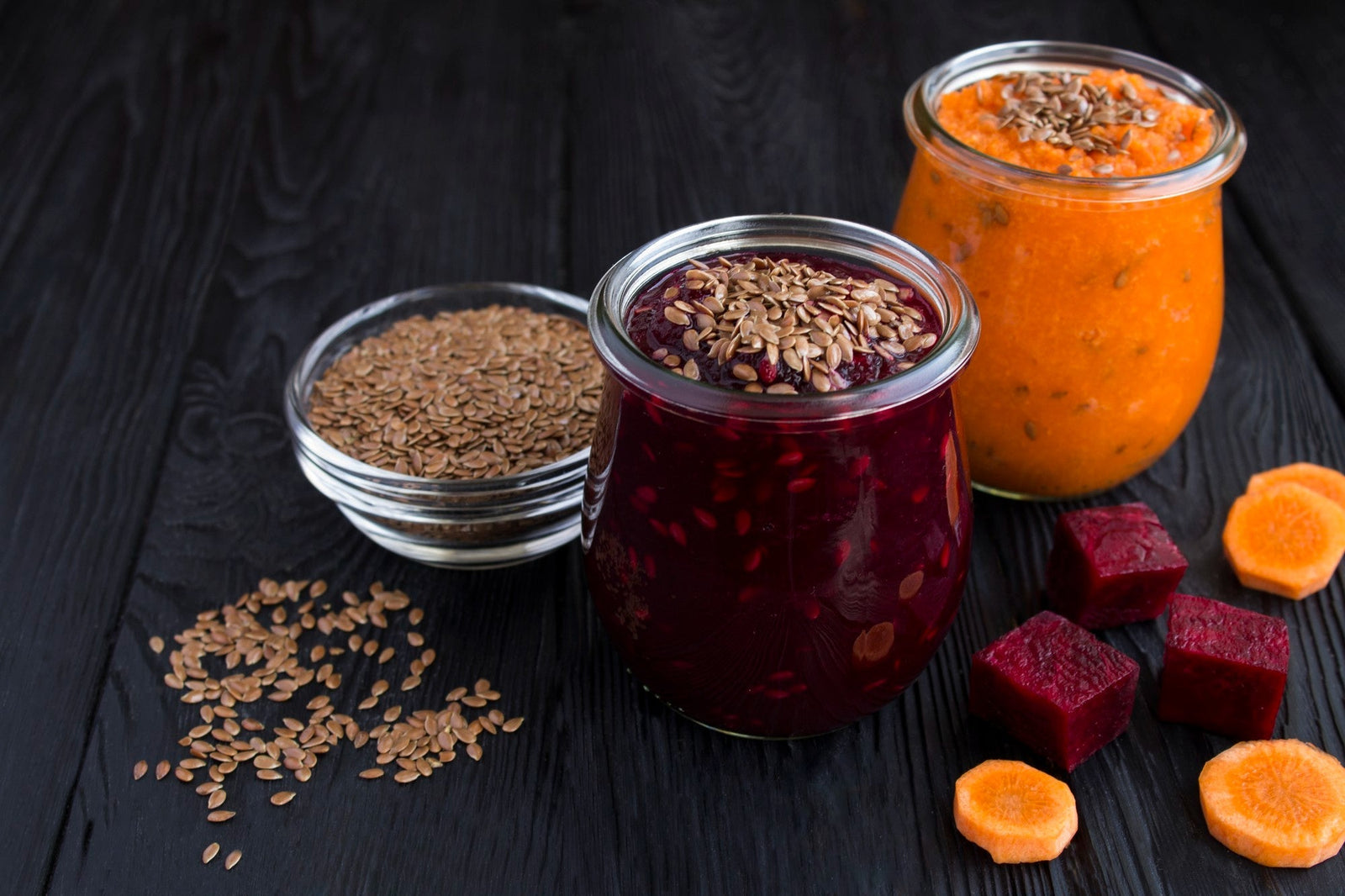
February 02, 2021 2 min read
White beans are a group of bean varieties that have a white or off whitish color. They may go by different names such as Great Northern beans, navy beans, or cannellini. These different varieties have slightly different tastes and will also differ in sizes but their nutritional profile tends to be rather similar. Most of the time, these varieties of white beans are easily interchangeable in recipes. Despite their different varieties, most white beans are generally smaller than other types of beans such as red kidney beans. Many varieties are oval-shaped and have a mild yet nutty flavor.

Although Great Northern beans and Navy beans look very similar, great northern beans are considerably larger than navy beans. Navy beans have a very delicate taste and are very creamy. Great northern beans have a smooth, nutty taste, and are much larger than navy beans. They are thicker and less creamy than navy beans. Cannellini beans are the largest of the three and have the strongest flavor. They have an earthy taste, similar to great northern beans.
Even though white beans have the potential to grow in a range of climates, they are commonly grown in many parts of the American continent. White beans are also cultivated in different parts of Europe and the Middle East.
Historically, white beans, like many other bean varieties originated from Peru from where they spread out across Central and South America by migrating trades. Beans were further introduced to Europe by Spanish explorers returning from their voyages to the new world.
Stay tuned for next week's blog on the nutritional value of our organic white beans. Check out our other blogs for more information on our organic ingredients here
❤ Try our USDA certified organic Navy Beans and Great Northern Beans ❤
Related Blogs:
Thanks for reading this Be Still Farms Blog article. To sign up for more news/articles and/or recipes, click here. For more about us, click here. To shop our certified organic products, click here.
Please comment and share and we look forward to serving you in the future!
Comments will be approved before showing up.

January 27, 2025 3 min read
Flaxseed, the tiny yet powerful superfood, is packed with nutrients that can support weight loss. From curbing hunger to stabilizing blood sugar, this guide dives into the science of how flaxseed can help you shed those extra pounds.

December 11, 2024 3 min read
Discover three quick and easy soup recipes featuring organic small red beans. From a classic vegetable soup to a creamy potato blend, these wholesome recipes are perfect for chilly days and busy weeknights. Packed with flavor and nutrition, these soups will warm your heart and soul this winter!

December 06, 2024 3 min read
This vibrant and nutritious Green Lentil Salad combines tender lentils with grilled chicken, fresh vegetables, and a zesty lemon dressing. Packed with protein, fiber, and essential vitamins, it’s the perfect healthy meal for any time of day.
© 2025 Be Still Farms- Real, Fine Organics.
Privacy | Terms | Refund Policy | Organic Certification
